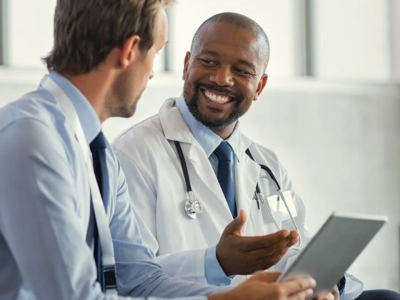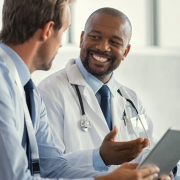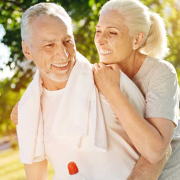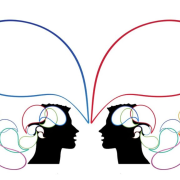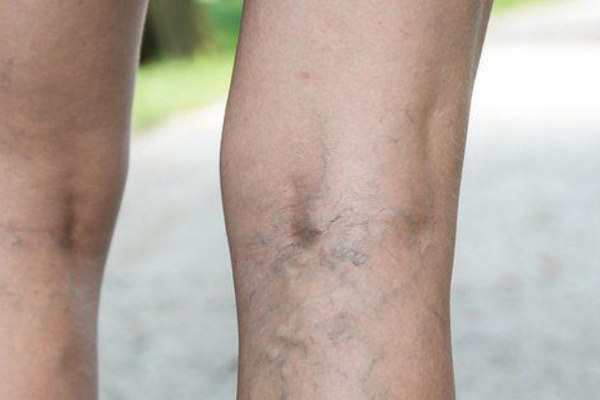
Varicose veins can look like just an aesthetic thing—something aggravating, sure, but not necessarily pressing. But here’s the thing: they don’t remain that way. They gradually worsen, and half the time you won’t even know it’s happening.
Varicose veins are quite common and aren’t dangerous for most suffering from them. But it is important to understand what can worsen varicose veins, and to treat them properly.
Now, sure, genes have something to do with it. Some of us are just more prone to them. But what do we do on a daily basis? That can sneakily accelerate things. It’s not just about the heavy, heavy choices at all.
At other times, it’s those small habits that gradually sabotage circulation, increase pressure in your veins, and weaken the valves that should keep blood flowing in the proper direction.
What Are The Symptoms Of Varicose Veins?
There are certain recognizable signs of Varicose veins that are blue or purple or gnarly, that can be seen on the surface of your skin. A few signs and symptoms of varicose veins are:
- Bulging Veins – These are swollen, twisted, and rope-like veins that are often purple or blue in color. Appearing just below the surface of your skin on your ankles, feet, and legs.
- Heavy Legs – The muscles in the legs might feel tired, sluggish, and heavy, particularly after any physical activity.
- Itching – The area around the varicose vein usually has an itchy feeling.
- Pain – The legs might be painful, sore, and achy, particularly behind the knees, which is where you might feel muscle cramps.
- Swelling – The ankles, feet, and legs can swell up and start throbbing.
- Skin Discolorations and Ulcers – Without any treatment of your varicose veins, it can cause certain discoloration on the surface of your skin. There are several varicose veins that cause venous ulcers on the surface of your skin.
What Can Worsen Varicose Veins?
Here are five lifestyle habits that might be making your varicose veins worse, without you even knowing it.
1. Sitting Too Long Fuels Bad Blood Flow
Suppose you have been sitting around too long. Your legs contain a sort of built-in pump system that uses muscle movement to force blood back towards your heart. If you’re not active? That pump is essentially on hold.
People who sit at desks all day, ride in cars for hours, or fall into a deep scroll hole on the couch—yeah, you’re in the danger zone. Blood ends up pooling in your legs, and that’s how the trouble starts.
The solution isn’t rocket science—just shift a little. Take a stroll around every hour, roll your ankles under your desk, or pop up a few quick calf raises. Even elevating your feet on a stool can do more for you than you’d realize.
2. Bad Footwear = Bad News For Your Veins
Here’s one that’ll surprise many of you: your shoes count. A lot. High heels? They may look fabulous, but they tamper with how your calf muscles function, and that slows down leg circulation.
And then there are the other culprits: shoes with zero arch support, or ones that constrict your feet really tightly. All of these tamper with the flow of blood and can exacerbate swelling.
If you are working with varicose veins, or don’t want to get them, think more support and comfort, less fashion hassle. You don’t have to retire all your cute shoes, but perhaps reserve the stilettos for shorter excursions.
3. Too Much Heat Isn’t Doing Your Veins Any Favors
Love taking long, hot showers? Or sunbathing? Or spending forever in saunas? Yeah… your veins may not love that quite as much.
Heat opens up your blood vessels, and when that happens too frequently, they sort of lose their stretch. That makes blood not move as freely, and veins get tired out.
Now, a hot bath every now and then isn’t the worst thing in the world. But if you’re doing it on a daily basis, or for extended periods of time, it can add up.
Try reducing some, including cool water when you can, or reduce your hot tub usage. Your legs will appreciate it later.
4. Not Drinking Enough Water? That Slows Things Down
This guy’s really underappreciated. Even the slightest dehydration makes your blood more viscous, so it doesn’t flow as freely.
Mix that with too much salted food and not enough fiber? That results in bloating, constipation, and additional pressure in the belly, which impedes circulation in your legs.
The solution is easy enough. Drink more water. Consume foods with potassium (i.e., bananas, sweet potatoes), and add some citrus or berries—they contain things that make vein walls stronger.
Perk: good hydration = improved digestion = less straining when, ahem, going to the bathroom. That benefits your veins, too.
5. Brushing Off Early Signs Just Makes Things Worse
Most likely the most frequent error? Forgetting early warning signs. Swollen legs, occasional cramping at night, small patches of spider veins—those are your body’s subtle reminders.
But if you’ve waited until veins are engorged, knotted, and sore, you’re already well into stage two (or three).
Early treatment is way easier, less invasive, and usually more effective. So if something feels off, don’t overthink it—just book a quick appointment. Better safe than stuck with limited options later.
When Lifestyle Tweaks Aren’t Cutting It?
Even if you’re doing everything “right,” sometimes lifestyle changes just don’t stop varicose veins from getting worse. So, knowing what can worsen varicose veins is not enough.
And honestly, that’s not your fault, but you will get to understand what can worsen varicose veins. Untreated, they can result in things like ongoing swelling, soreness, or even skin ulcers at worst.
If you are looking into options or curious about the cost of varicose veins treatment in your region, it’s better to approach specialists who can give a personalized assessment.
The Vein Place in OC provides treatment plans that are contemporary, hassle-free, and made for real life. They will guide you through choices without forcing things you don’t require.
Contact Information
The Vein Place in OC
📍 1945 East 17th St, Suite 107, Santa Ana, CA 92705
📞 (714) 500-7714
🕒 Monday – Friday, 9 a.m. – 5 p.m.
🌐 https://theveinplaceoc.com

